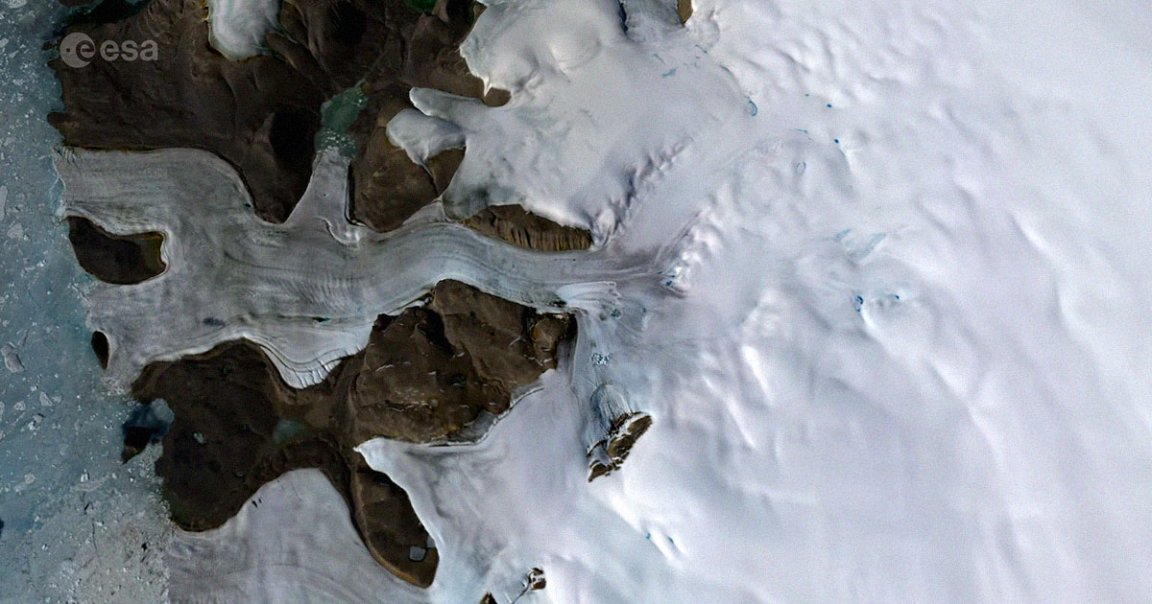
Scientists were caught by surprise after discovering a massive flood of subglacial lakewater burst through Greenland’s ice sheet, spilling copious amounts of water across its surface.
As detailed in a new paper published in the journal Nature Geoscience, it’s the first time such a phenomenon has been observed, highlighting the fierce power being stored in meltwater lurking beneath a thick sheet of ice.
The event also defies our predictions of how the Greenland ice sheet evolves over time, even when taking climate change and the accelerating melting of ice sheets into consideration.
“The existence of subglacial lakes beneath the Greenland Ice Sheet is still a relatively recent discovery, and — as our study shows — there is still much we don’t know about how they evolve and how they can impact on the ice sheet system,” said lead author and Lancaster University PhD Jade Bowling in a statement.

The team analyzed data from several European Space Agency and NASA satellite missions to construct three-dimensional models of the area.
Over just ten days in 2014, they watched as a 278-feet-deep crater opened up across a 0.7-square-mile area, causing 23 billion gallons of water to flood out.
According to the statement, that’s the equivalent of nine hours of water gushing over the Niagara Falls at its peak flow.
The gushing water caused a massive area, roughly twice the size of Central Park, of fractured and distorted ice to appear.
“When we first saw this, because it was so unexpected, we thought there was an issue with our data,” explained Bowling. “However, as we went deeper into our analysis, it became clear that what we were observing was the aftermath of a huge flood of water escaping from underneath the ice.”
The team is hoping to use the data to get a better sense of the effects this phenomenon has on the immediate area.
“Importantly, our work demonstrates the need to better understand how often they drain, and, critically, what the consequences are for the surrounding ice sheet,” Bowling said.
As global warming continues to threaten the Earth’s polar ice sheets, scientists are hopeful that these kinds of measurements can give us a better sense of how human activity is actively reshaping the planet.
“Satellites represent an essential tool for monitoring the impacts of climate change, and provide critical information to build realistic models of how our planet may change in the future,” said coauthor and Lancaster University environmental data scientist Mal McMillan in the statement. “This is something that all of us depend upon for building societal resilience and mitigating the impacts of climate change.”
More on ice sheets: Horrifying Research Finds Melting Glaciers Could Activate Deadly Volcanoes